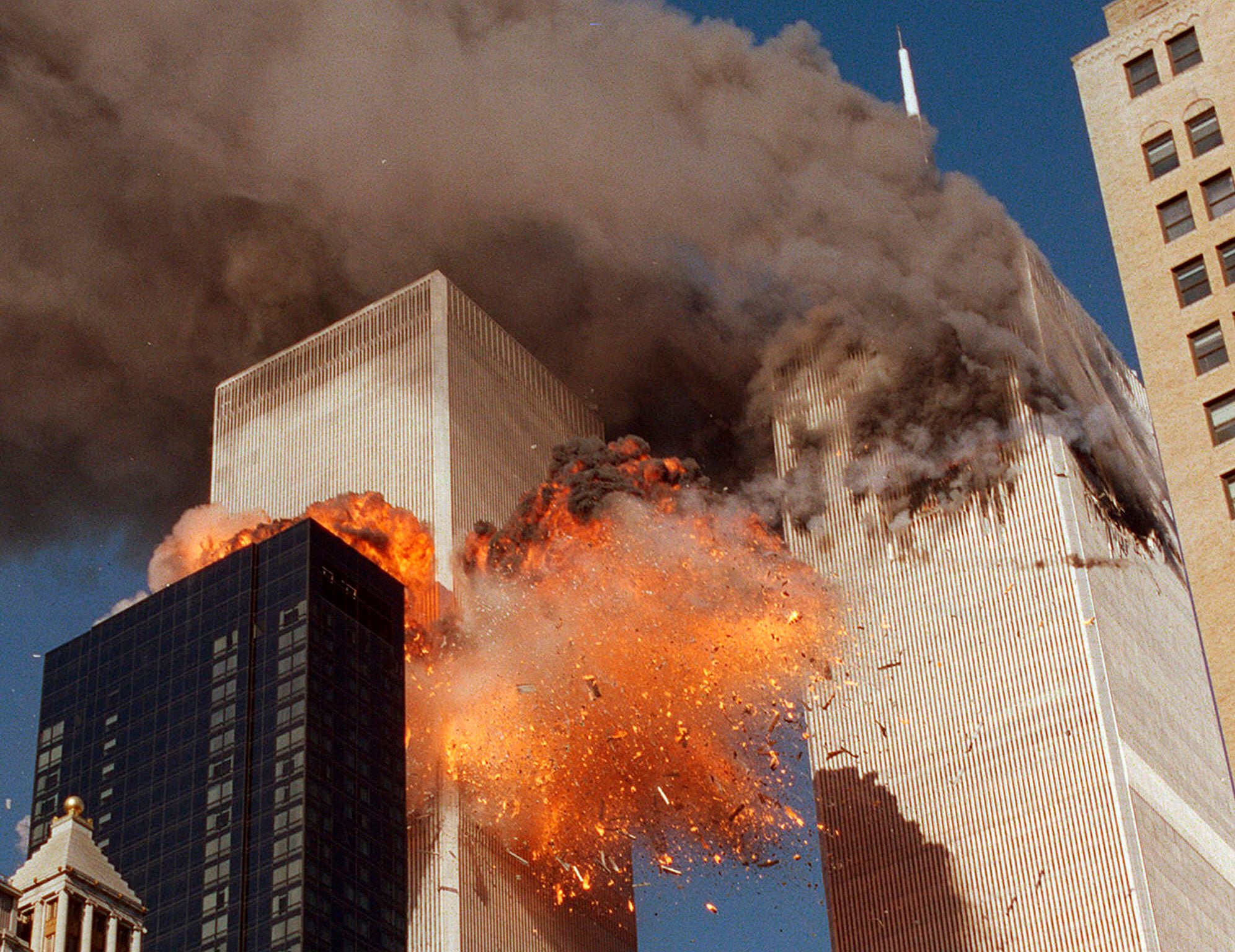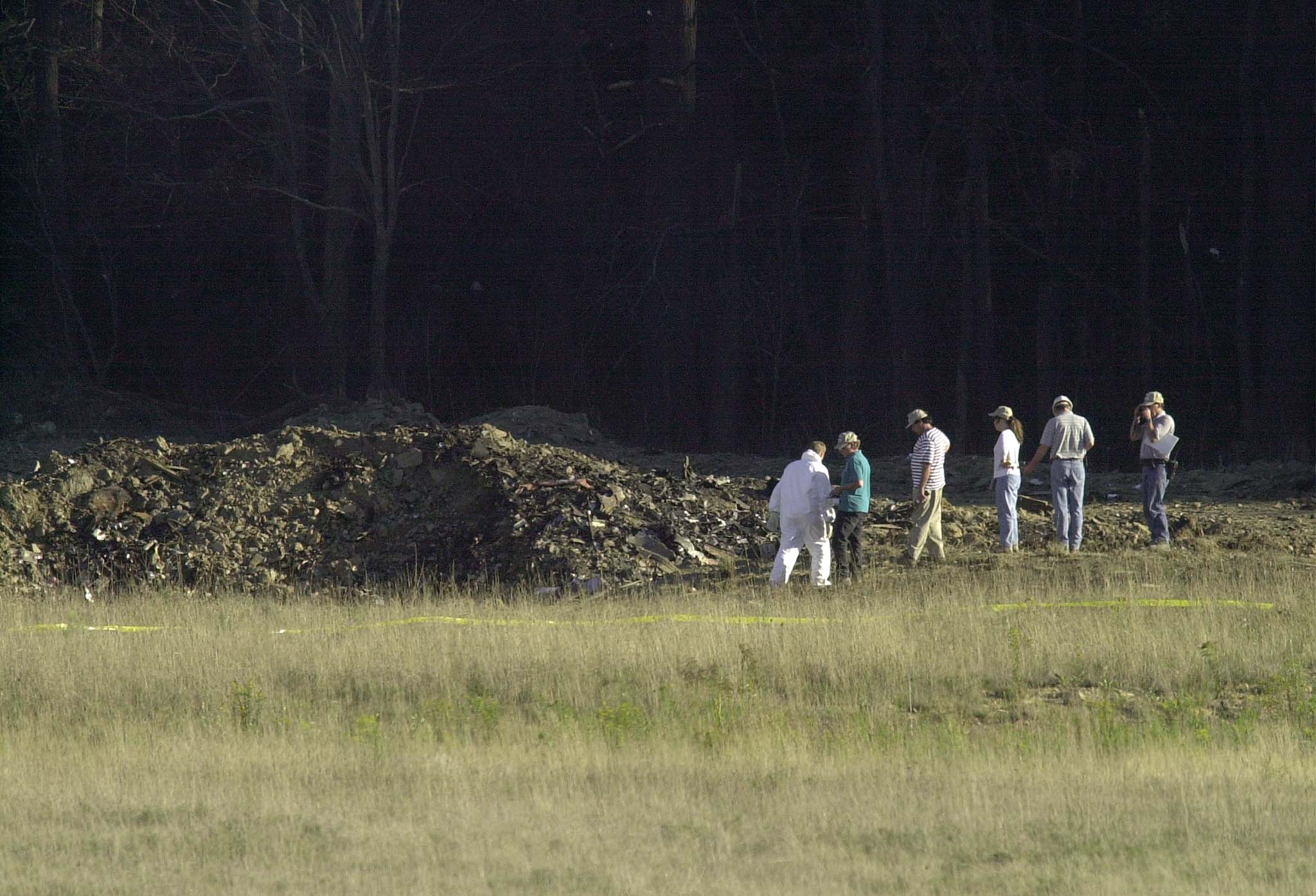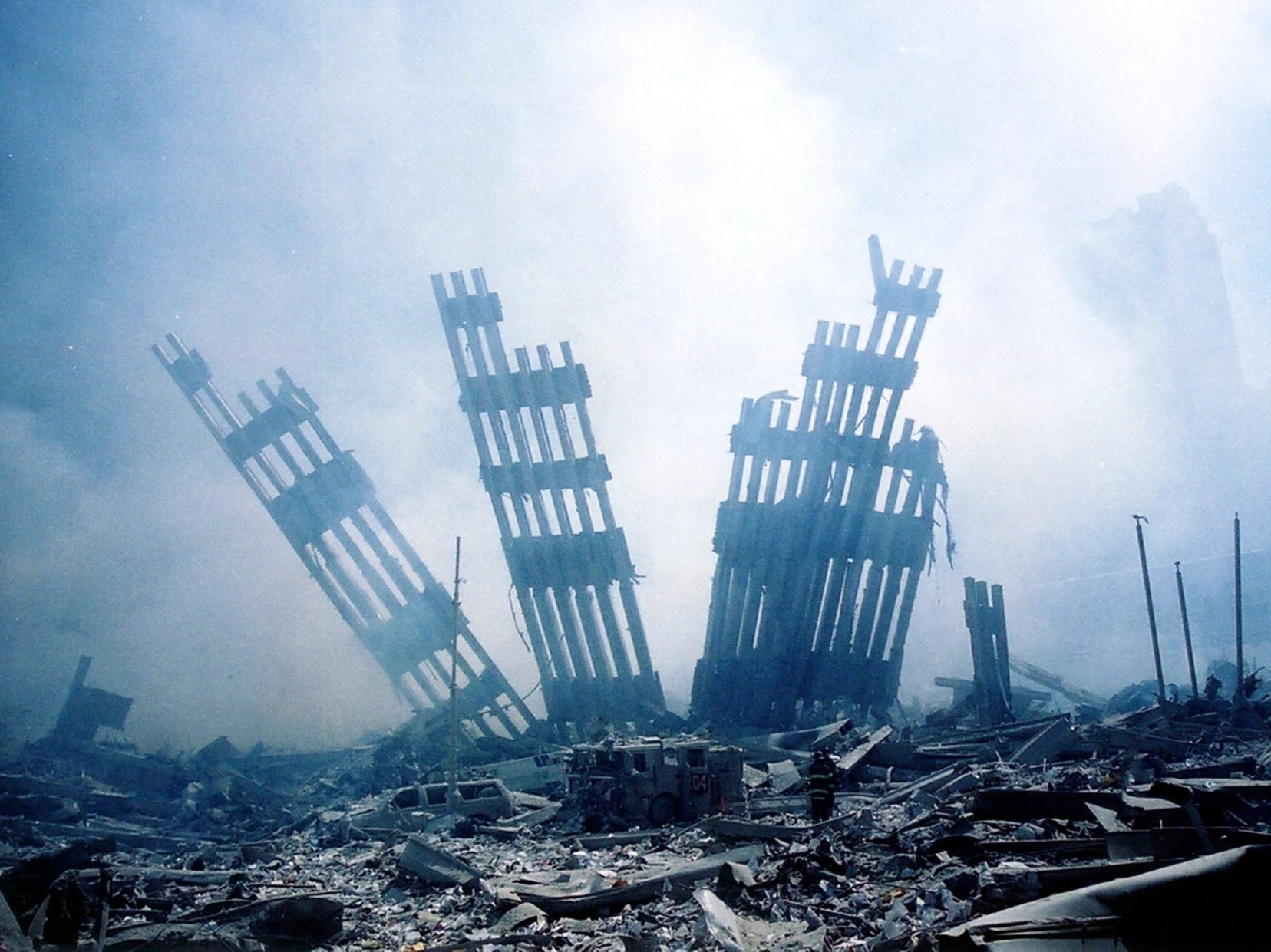What happened on 9/11 and how many people were caught up in the attacks?
A detailed look at what happened on one of the most traumatic days in history
Your support helps us to tell the story
From reproductive rights to climate change to Big Tech, The Independent is on the ground when the story is developing. Whether it's investigating the financials of Elon Musk's pro-Trump PAC or producing our latest documentary, 'The A Word', which shines a light on the American women fighting for reproductive rights, we know how important it is to parse out the facts from the messaging.
At such a critical moment in US history, we need reporters on the ground. Your donation allows us to keep sending journalists to speak to both sides of the story.
The Independent is trusted by Americans across the entire political spectrum. And unlike many other quality news outlets, we choose not to lock Americans out of our reporting and analysis with paywalls. We believe quality journalism should be available to everyone, paid for by those who can afford it.
Your support makes all the difference.Tuesday, 11 September, 2001, began as a normal day. In both New York City and Washington, DC, the morning weather was sunny and clear. Students went to school, workers went to the office, and about 17,000 people commuted to their jobs at the World Trade Center.
By the end of the day, the world had changed. The United States had suffered its worst-ever terrorist attack, nearly 3,000 people were dead, and history had suddenly veered onto a vastly different and more violent trajectory.
Here’s a look at how the day’s events unfolded.
World Trade Center
At 8:46am, an American Airlines plane crashed into the North Tower of the World Trade Center. On board were 76 passengers and 11 crew members, all of whom were killed instantly. In the minutes that followed, some believed this was an accident.
At 9:03am, a second plane crashed into the South Tower. At this point it was clear that this was no accident. A terrorist attack was underway, conducted by al-Qaeda extremists who had hijacked several planes and were now using them as missiles.
Fires from the crashes at the Twin Towers, made worse by the planes’ ignited jet fuel, badly damaged the buildings’ steel. At 9:59am, after burning for 56 minutes, the South Tower collapsed. At 10:28am, the North Tower collapsed as well.
As the towers fell, an enormous cloud of dust and ash flooded the surrounding streets, chasing pedestrians as they fled. Debris from the North Tower also fell onto the nearby 7 World Trade Center building, causing it to catch fire and eventually collapse.
In total, 2,753 people died in the New York City attacks.

Pentagon
At 9:37am, a third plane crashed into the west wall of the Pentagon in Arlington, Virginia, near Washington, DC. All 64 people on the plane were killed, along with 125 people in the building.
The crash caused part of the building to collapse, and started a fire that took several days to put out. Many of the survivors in the building were badly burned; 106 people were injured in total.

Flight 93
A fourth plane, United Airlines Flight 93, met a different fate. According to the 9/11 Commission Report issued years later, passengers managed to overpower the hijackers on this plane and stopped them from reaching their target.
Since all those who were on the flight perished, details on what happened are sketchy. But investigators believe at a certain point after four terrorists took control of Flight 93, some of the plane’s passengers learned of the attacks on the Twin Towers and the Pentagon. Suspecting that the hijacking they were experiencing was part of the same plot, a group of brave civilians stormed the cockpit.
What happened next is not exactly clear, but voice recordings indicate that there was a violent struggle between the passengers and the terrorists. Shortly after the confrontation, the plane crashed into a field near Shanksville, Pennsylvania at 10:03am. All 44 people aboard were killed.
Investigators believe the hijackers’ intended target was the White House or the US Capitol.

Aftermath
In total, the 11 September attacks killed 2,977 people at the time.
Thousands of volunteers and rescue workers sifted through the ruins of the World Trade Center, then known as Ground Zero, to look for survivors, recover bodies, and clean up the wreckage. The effort took until 30 May, 2002, when the last piece of steel was removed. Many of those who worked on the cleanup developed illnesses, including cancers, from breathing in toxic dust. It is believed that more than 2,000 first responders who worked on the site have since died from cancers that may be linked with 9/11.
Politically and culturally, 9/11 sent the United States into a period of intense fear. Briefly, it also united much of the world behind the US, and much of the American public behind President George W Bush. In late September, Mr Bush’s approval rating soared to 90 per cent, the highest recorded for any president in history.
For many Americans, 9/11 also stoked an angry desire for retribution. The Bush administration invoked 9/11 in its justifications for new wars in Afghanistan, where al-Qaeda had been based, and Iraq, which had no connection to the attacks. Twenty years later, the world is still grappling with the consequences.






Join our commenting forum
Join thought-provoking conversations, follow other Independent readers and see their replies
Comments